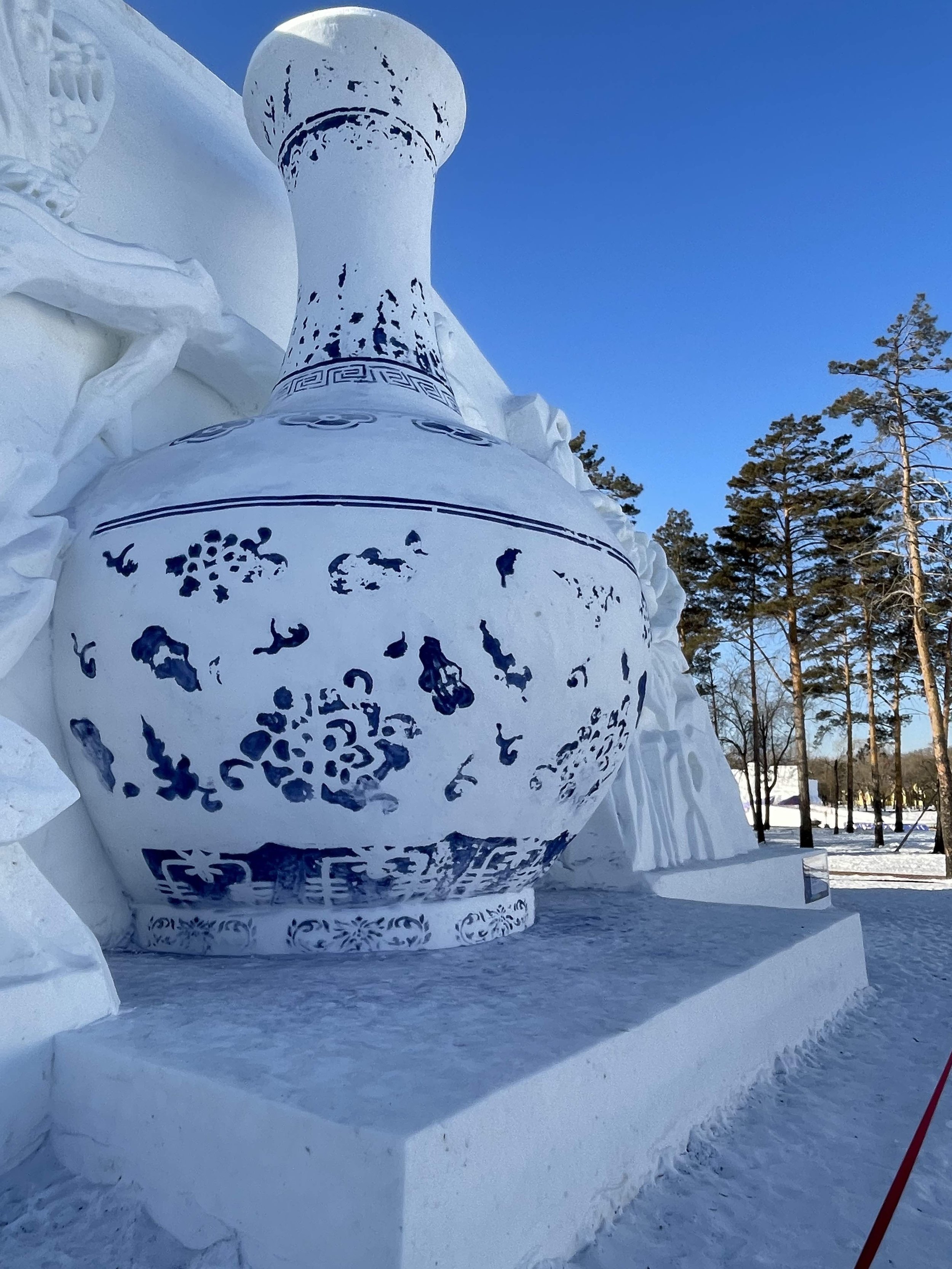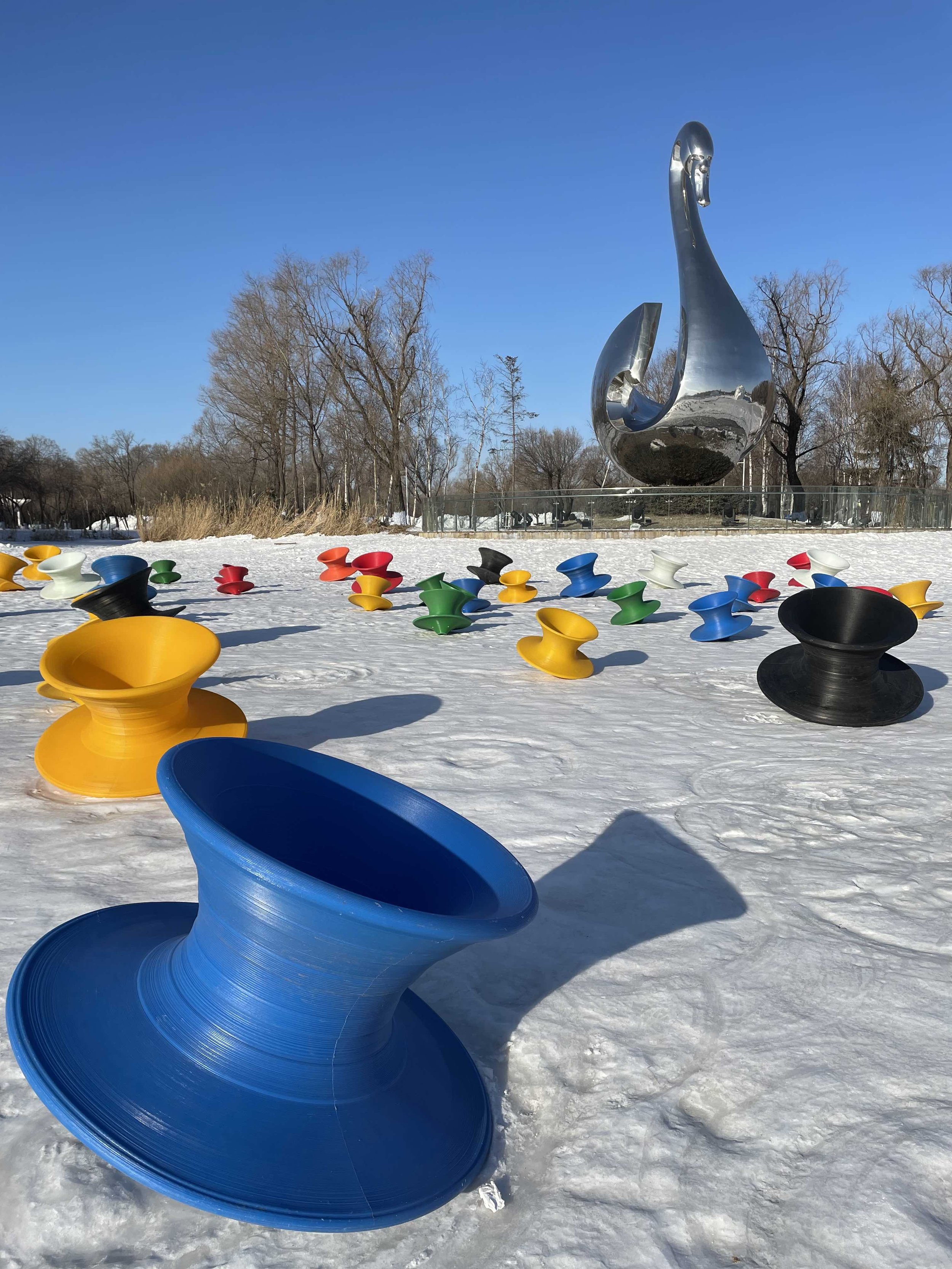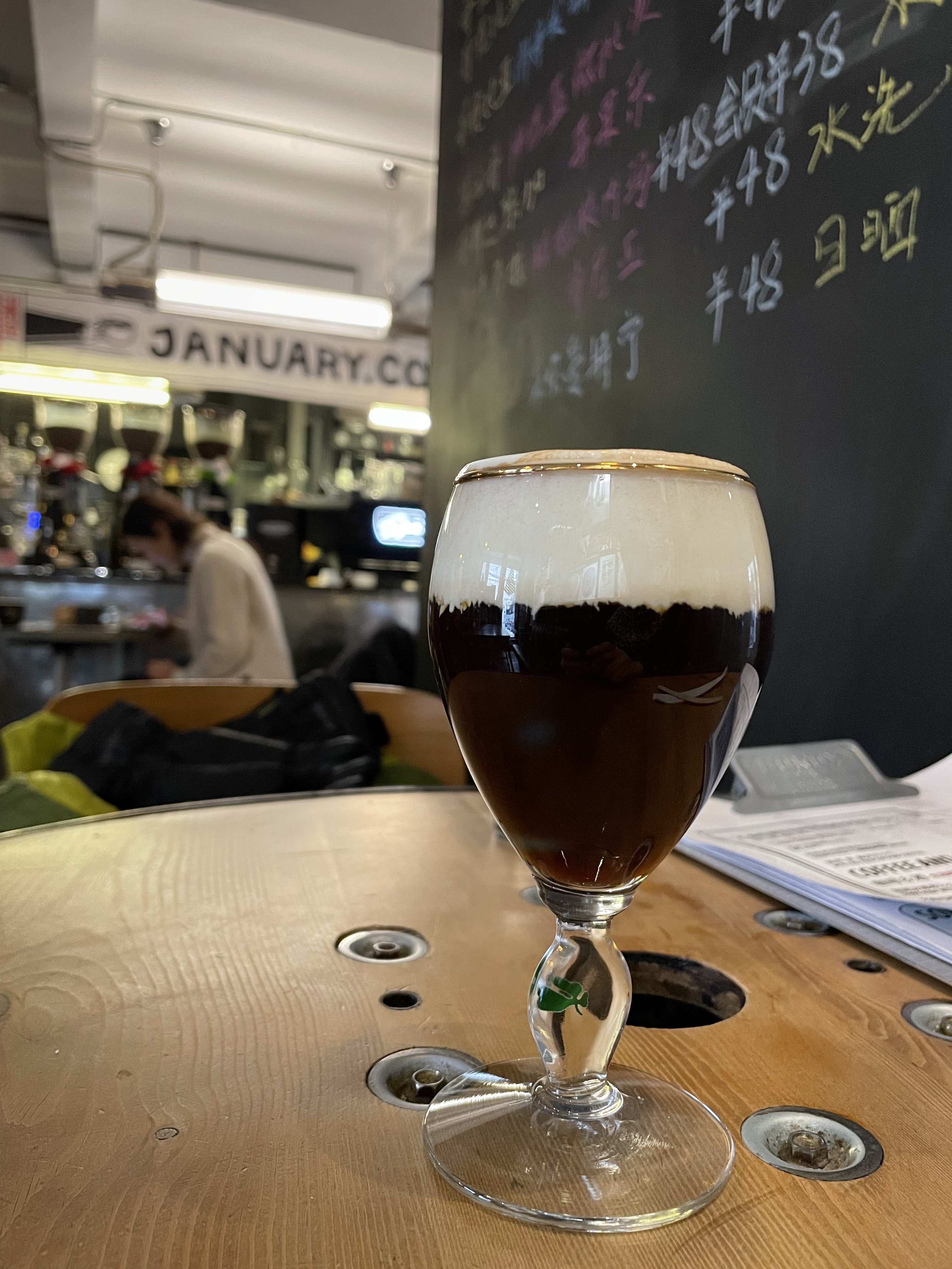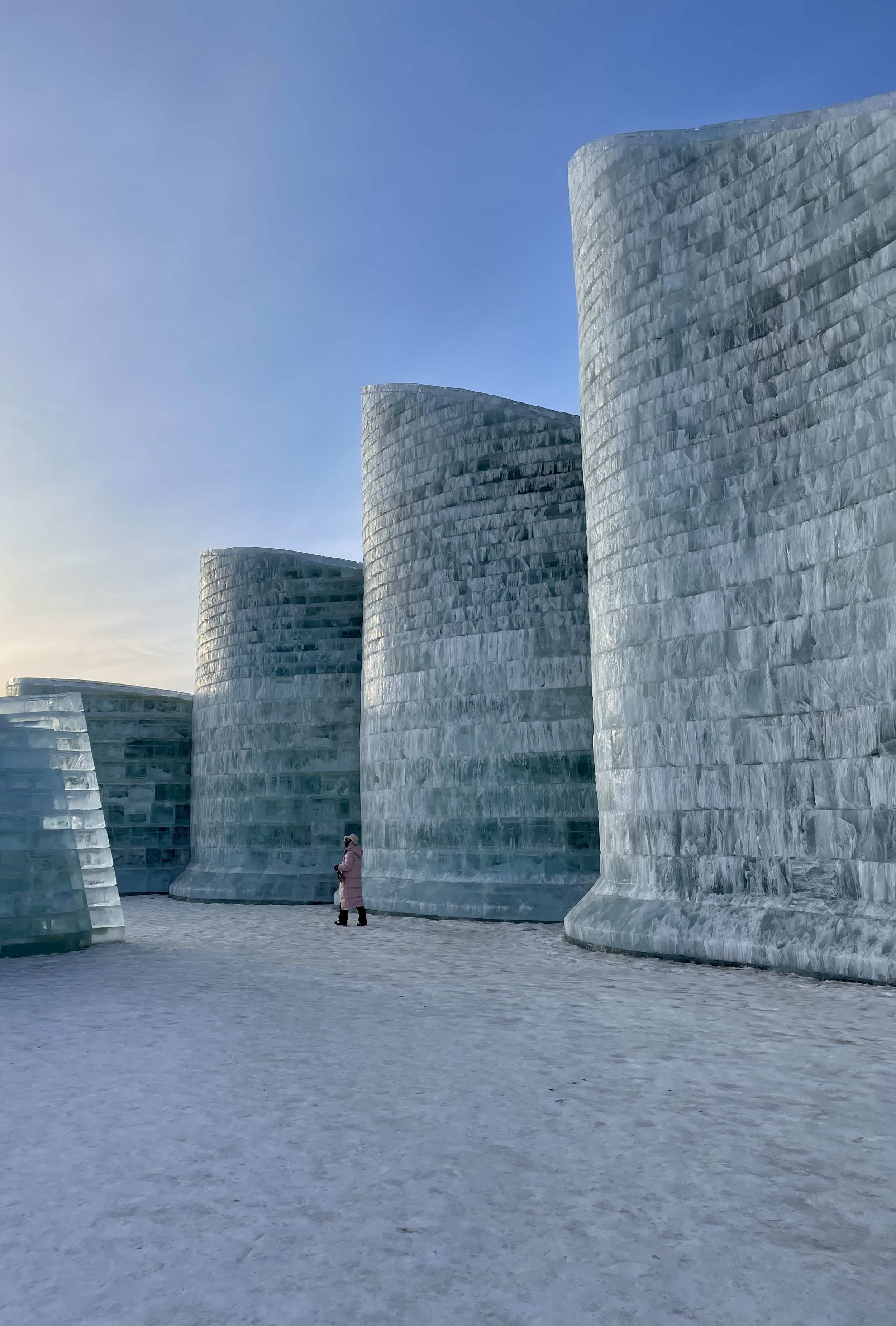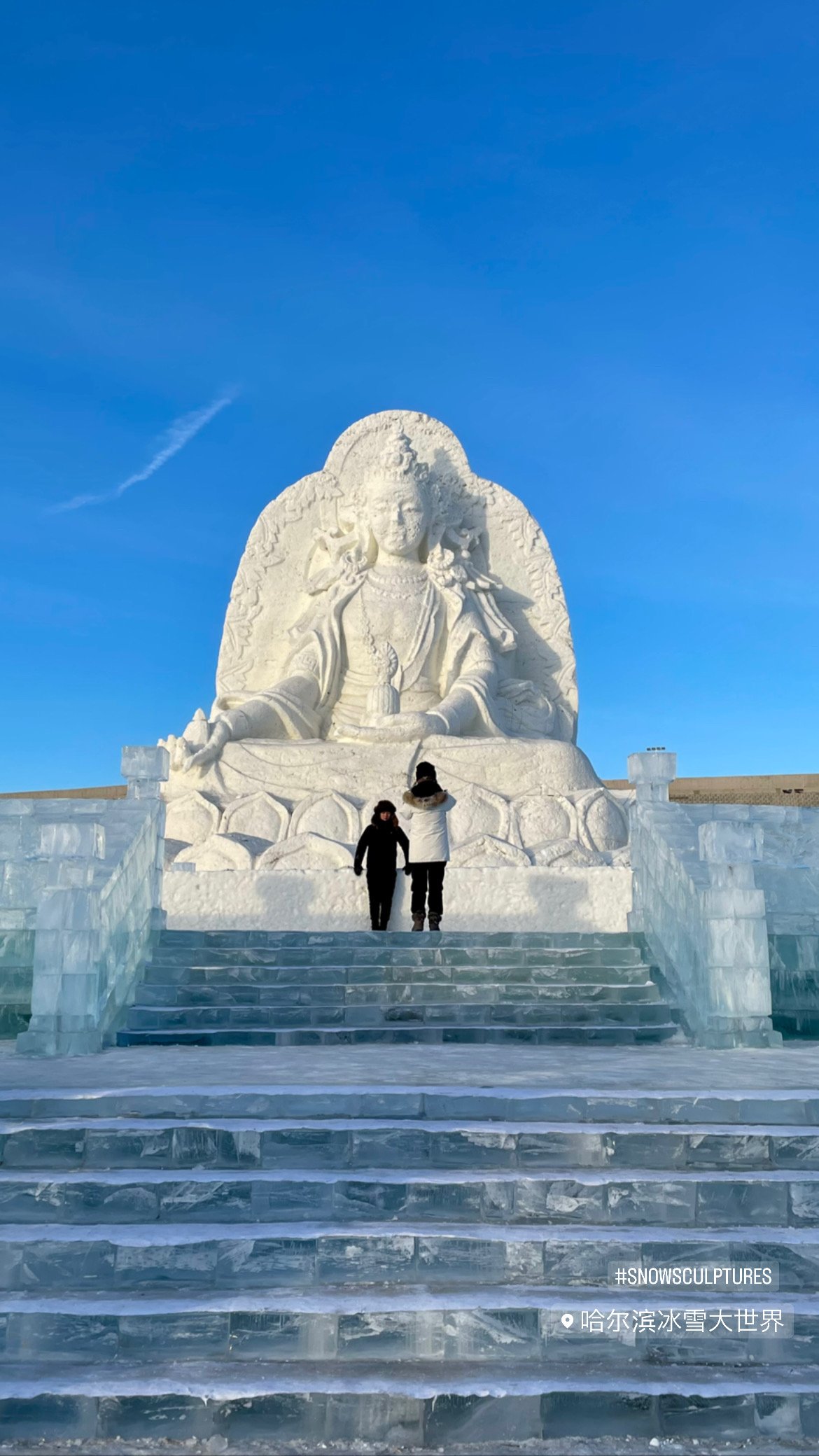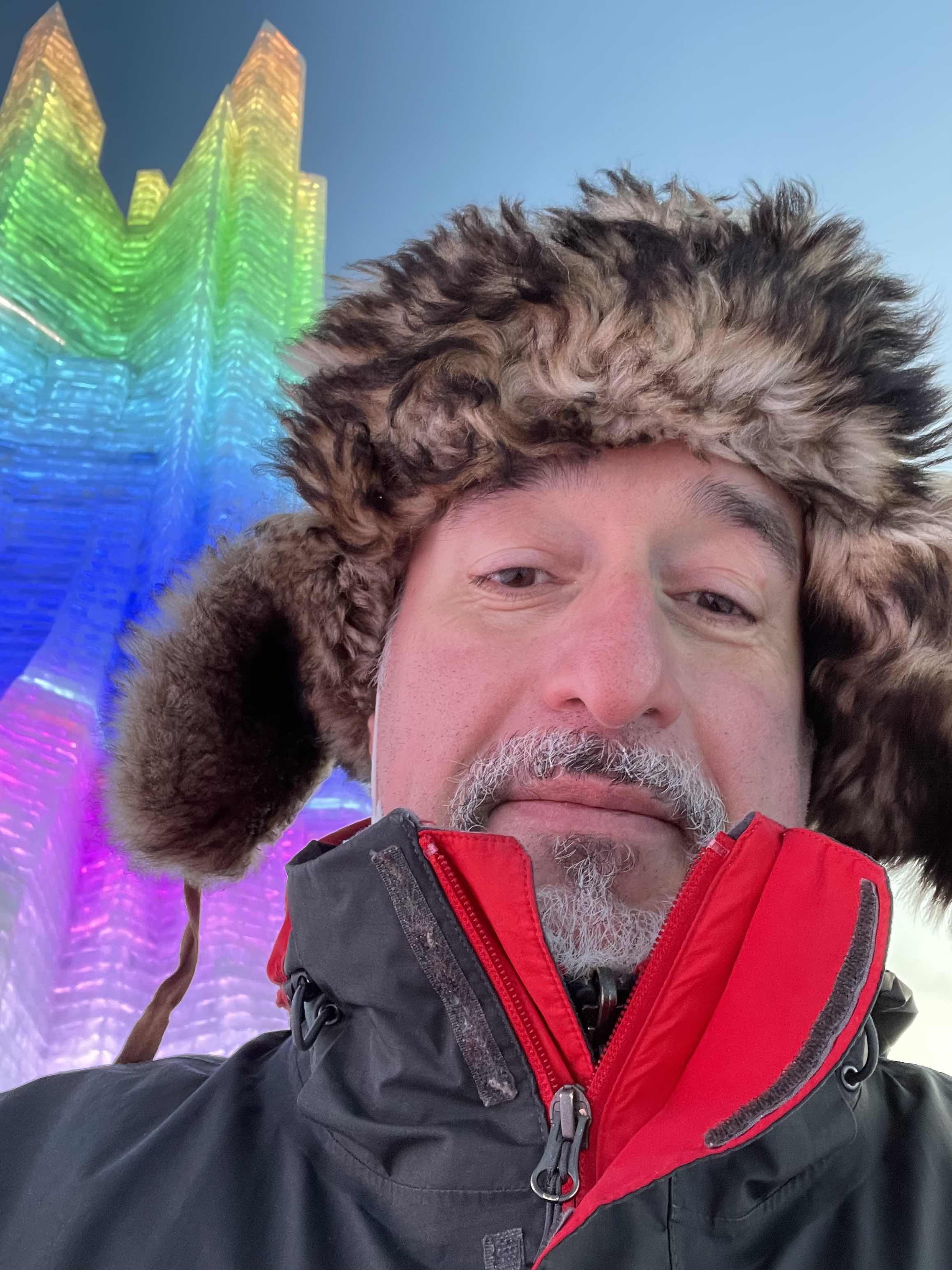The weekend Before Last, I was accused of shilling for the CCP. the Chinese Communist Party, not the Caribbean Citizenship Programme.
The finger-pointer was a long-term foreign resident of Hong Kong, and the accusation was made during what began as a conversation but soon grew into a low-key altercation in one of that great city’s hipper bars, Penicillin, a dark and hard-surfaced space which channels a delightfully architectural public convenience vibe and markets itself as Hong Kong’s first provider of ‘closed-loop sustainable cocktails’.
Granted, the conversation had been stiff even before I revealed that I am an editor for China Daily, but as my Inquisitor was a friend of a friend and spoken of highly, I attributed that to the fact that having arrived early, I was already one cocktail up. Staring rigidly (and rudely) ahead, they peppered me with buckshot accusations. Where was my conscience? Was I a Believer? How could I square my admiration for both Hong Kong and Taiwan with what I did for a living? Was I too embarrassed to admit that I was a Party member? Or was I stupid or just in denial?
Given the history between Hong Kong and China, particularly since Beijing rammed through its heavy-handed ‘Security Law’ - attempts to prevent which led to those thrilling mass demonstrations that rocked the city before Covid (and the provisions of the new law) gave authorities the means to extinguish them - I wasn’t expecting my revelation to be received with applause but also I wasn’t about to lie.
I have multiple caveats about my choice of job however, I believe China has the right to present itself to the world as it sees fit. My agreement with those choices is neither implied by my decision to be employed by them, nor as an editor is it even necessary. For me, the decision was entirely self-serving. I wanted to move to China and when everything else failed, state media came through. I’ve wanted to live here since I was a child, and on that level, I have no regrets. China is fascinating, and like everywhere else, is so much more than its government. That said, my plan had been to get here, find my feet and (assuming I liked the country enough to stay) find a private sector job ASAP. Almost three years on, that is still an ongoing process, largely because COVID brought everything, including hiring, to a halt.
So had my accuser chosen to wield the Security Law, the threats, intimidation and rhetoric towards Taiwan, the skirmishing and land-grabbing along the Indo-Chinese frontier, the creation of facts on the ground in the South China Seas, the repression of Xinjiang and Tibet, Wolf Warrior ‘diplomacy’, the denial of history or the obfuscation over COVID as justification for their animosity, I would have understood. Possibly even applauded.
Instead, they defined their anger not in terms of the CCP, but rather in terms of the Chinese themselves. Or to be precise, mainland Chinese, for they were careful to stress their comments were not meant to be taken as being about the Chinese in general. My accuser’s issues with them? They were inhuman because they beat their children and encouraged them to defecate in public places, peed in public toilets with the door open, spat on restaurant floors (the inappropriate expression of bodily fluids were quite the feature of their argument), and worst of all, left people to bleed on the street after an accident. It was a litany of ills that I have heard before, particularly the kiddie poo part, but which seem to have been more common a decade ago, and which with the exception of the reticence to get involved in accidents for fear of being dragged into litigation, seem mostly to be the result of villagers doing in cities what is considered unremarkable at home - the kind of complaint that has been made since the Greeks.
When I tried to say as much, I was told I was at best naïve, and at worst, ‘complicit’, though by then, whether they meant that I was complicit in encouraging children to defecate in public places (Reader, I would no more do that than I would encourage children to appear in public), or by ‘denying’ these things were part and parcel of everyday life in China, was somehow complicit in whitewashing the CCP, I was no longer sure. The entire diatribe struck me as racist, and later made me wonder if I had in fact been in a bar in Hong Kong arguing with an expat who in their words had ‘grown up appreciating Chinese culture’, or with someone who had grown up appreciating Fu Manchu and Ming the Merciless.
When they departed to smoke a cigarette muttering that ‘this wasn’t what (they) had in mind for the evening’, I cut my losses and beat a retreat, for reader, an evening of bigotry passing for political indignation wasn’t what I’d had in mind, either.
Hong Kong and I have history. I’ve been visiting on and off since I was six, first with my father on our way between the UK and Taiwan in the 70s, and later during my life in Takasaki in the 90s, when I would come in search of respite from relentless Japanese politeness. I have friends who either grew up there, or have streets named after their great-grandparents. I was there in 1997 for the handover, which coincided with leaving Japan and my 28th birthday, and have visited on every occasion I could since.
Like Calcutta and Beirut, Hong Kong is a forever love, although I won’t claim to know it except on the most superficial level because I haven’t spent enough time there. But as a recurring character and as the first real city I experienced, it has exercised an outsized effect on me. I’ve come to realise that it defined for me everything I think a city should be; fast, fluid and vertiginous, canyon-like streets, stratospheric towers, acres of neon, bustling street markets and cafes, restaurants, bars and businesses stacked on top of each other.
But it’s also more than that. I love the complicated and the cosmopolitan, as well as the (gentle) clash of cultures. One reason I loved Beirut so deeply was because in the drive from the airport to my home, a distance of barely 10 km, you passed through communities that looked to Iran, Saudi Arabia, the United States and France, very distinct and disparate enclaves that rubbed against each other until the sparks flew.
Hong Kong is a similar collision of the hard and sharp and the soft and crumbling, its multicoloured temples belching clouds of incense, graffiti and wall stickers, peeling palimpsests of commerce and culture, the fading glamour of the Star Ferry and the dingdings, passing views through windows into other peoples’ lives, the banyans, the humidity, the fragrance of every kind of cuisine on earth. It’s mad, messy, miscegenated and pure magic, and while many places can legitimately bill themselves ‘global’ cities these days, Hong Kong’s compact build amplifies the sense that it is the world in a teacup.
I had no real plans apart from Sunday lunch with a friend from London, who happened to be passing through and who I flew down to meet because he was in the neighbourhood. Given that Hong Kong is 2000 km from Beijing, that might make you laugh, but compared to London, Hong Kong is in the' hood. Additionally, as this was to be my first time out of China in almost three years, I was more than content to just sit in a coffee shop and watch the world walk by, but from the moment I landed to the moment I left, Hong Kong had me on the move.
On Friday night, a stroll around the streets of Central, including through the lovely, if Hipsterfied Central Market, led to what I thought would be a sundowner at the Tai Kwun Centre, the beautifully restored former Central Police Station, which is now home to galleries, shops, a museum, cafés, bars and restaurants. Walking into the main square set my senses tingling, for although Hong Kong is one of the few cities to still maintain compulsory mask-wearing outdoors (penalty for failure to do so is a stonking HK$5000), it was packed full of people enjoying the evening, more than I’ve seen in one place since 2020. The roar of conversation and clinking of glasses was every bit as intoxicating as the setting, and so after wandering around a bit, I found a perch on one of the upper balconies and ordered a cocktail. This turned into two, which naturally led to a third, which then led to a hasty attempt at ‘dinner’ – essentially a couple of arancini and cheese platter - but in my defence, the cocktails were excellent and I doubt even Jesus felt more relieved by his resurrection than I did by mine. I mean I’d waited 1040 days longer for it to happen.
I’d originally planned to have an earlyish night, thinking I’d save myself for a big Saturday night out, but the cocktails led to a walk down to Central Pier to catch the Star Ferry across to Kowloon (which I now was able to read translates as ‘Nine Dragons’) and then back again, just to enjoy the view of Fragrant Harbour, which is what ‘Hong Kong’ means in Chinese, though back in the bad old pump-our-sewage-into-the-sea days of the 70s, that ‘fragrance’ wasn’t necessarily the kind you’d daub on wrists.
I first rode the Star when I was six. My father and I stopped off in Hong Kong on our way to Taipei back in 1976 and used to cross to HK Island every day on the ferry, as Dad hunted for watches and cameras. My most abiding memory of that first visit (apart from the sheer cityness of it all) is of a sign for a club called ‘Bottoms Up’, emblazoned with a photo of thong-clad (or was it naked?) woman’s bum shot from above as it emerged from a sea of white fur. I want to say that it was in the same area as Club Pussycat and I’ve no doubt that Dad made some pithy comment that I didn’t understand at the time but probably laughed at anyway, but the memory has endured because what most fascinated me about the sign wasn’t the backside, but the furs. An augury, if ever there was one…
I’ve taken the ferry at least once every visit since, whether I need to or not, because penny for penny, it’s the best money you can spend in your life. While the bay has shrunk significantly since the mid-70s as a result of land reclamation and the planes no longer scream over head to land at good old Kai Tak, the proliferation of towers and neon means that the views going both ways are still spectacular. Stumbling misty-eyed off the boat at Central Pier again, the evening ended with several more cocktails and a solo singalong to Disco classics at FLM before tumbling blearily into bed at 2am.
Saturday morning I channelled my father and went electronics hunting. My goal was focussed: a PS5, which in the end I picked up from the hard-to-find Sony store in Causeway bay. Arriving too early, I wandered around the (mostly) shuttered shops in nearby Fashion and Food walks, attracted less by what was on sale than by the area’s cluster of mid-Century buildings which have been polished to perfection.
Lunch was had at the utterly spectacular Mono, a South American restaurant run by Chef Ricardo Chaneton, Venezuela’s only Michelin-starred chef, and consequently something of a hero back home. The food is a blend of techniques and ingredients sourced from all over Central and South America, and as I was accompanied by a well-connected (and very funny) PRista, it began with Krug and finished 8 courses (and many pairings) later with a dessert that delighted mouth and mind. The flavours were fresh and inventive and featured few of the starches often associated with South American food. In addition to tasting beer made from fermented cacao skin, and a langoustine head sauce made with unsweetened cacao (which is peeled and roasted in-house, natch) that would have been perfect poured over ice cream (and which after the urgings of my companion to Chef Chaneton, who graciously presided over our meal, it may do in future), the dishes were all as beautiful to look at as they were to eat. That, however, you’ll have to imagine, as I was too busy eating and talking and to take pictures. I know. I would be a hopeless Millennial.
From there, it was back across the bay to West Kowloon, where an art district is emerging. I’m not overly keen on purpose-driven developments, as I’ve seen too many go too badly wrong, but my goal was M+, a newish exhibition space designed by the great Herzog&DeMeuron, where I wanted to have a look at the Sigg Collection.
Originally assembled by a Swiss diplomat in Beijing, the collection contains 3,500 pieces of contemporary Chinese art, only part is on show at any given time. The display I saw included a section on the 1985 Movement, which not only gave birth to some of the biggest names in contemporary Chinese art today, and some of its more memorable creations, but which was also part of the wave of cultural and political questioning and criticism that crested and was finally crushed in Tiananmen in 1989.
Sadly, some pieces deemed too sensitive have been ‘edited ‘ out, but plenty of what remains is still challenging within a contemporary Chinese context. That such an exhibition could be held in Hong Kong, a city that has only just experienced a Tiananmen of its own, said more for the surviving vibrancy of that city than a thousand impassioned op-eds ever could.
Don’t get me wrong. I am not as naïve (or as complicit) as my Great White Accuser would later suggest. HK is not the same city it was before the Security Law, and an art exhibition isn’t a political bellweather. Certainly, Hong Kong is no longer a refuge for mainland dissidents and recent changes to the educational system don’t bode well and suggest that China is playing the long game for tomorrow’s hearts and minds having accepted that it won’t win today’s. Even so, the fact that these pieces, many of which cannot be shown on the mainland today, were on display in a city that, to all intents and purposes is part of China, was hopeful. Hong Kong has long been China’s door to the world (why it should need one is discussion too long for this blog), but I did come away wondering whether, if it gets lucky and if it plays its cards right, it might also serve as China’s mirror, showing the mainland things about itself that have long since been repressed at home.
Sunday was a blur of dim sum at the very old-school Luk Yu Teahouse on Stanley Street with a friend from London who I haven’t seen since before the Plague where for a second, I felt like I’d walked onto the set of Indiana Jones and the Temple of Doom (the bit before Indy meets Short Stuff) which was followed by a long walk to burn off the duck pastries and a pause in a park full of Filipina maids enjoying their single day of freedom. The rest of the afternoon was taken up with a visit to Petticoat Lane, HK’s biggest gay bar, where a drag queen dressed as Wonder Woman regaled me with tales of their teenage adventures in heterosexuality, followed by the finishing of an already opened, though still almost full bottle of champagne that had been abandoned by its purchasers and of which I became inheritor, and so the afternoon turned into evening in a delightfully blurry way.
Of course, I spent my final night wandering the streets and fantasizing about living in one of those vertiginous towers above Hollywood Street, vowing to make long weekends in Fragrant Harbour a regular feature of my future New China life. Whether that will happen, or if the Seouls, Taipeis, and Tokyos of the world will vie for my limited time, we’ll see, but I’d like to think that I’ll make it back at least a couple of times a year. I was away for less than three days, but by the time I got home on Monday night, it felt like I’d been gone for a month.

